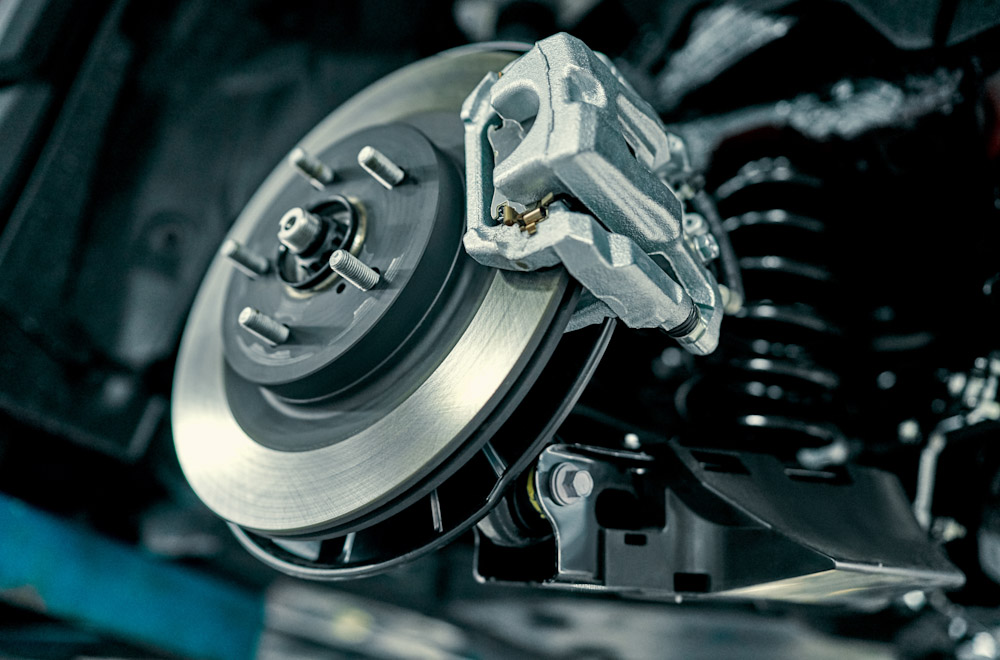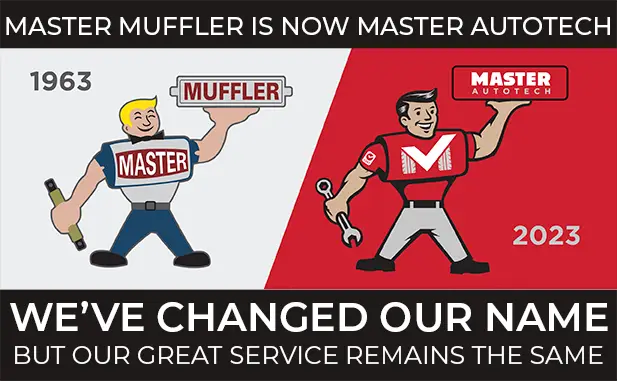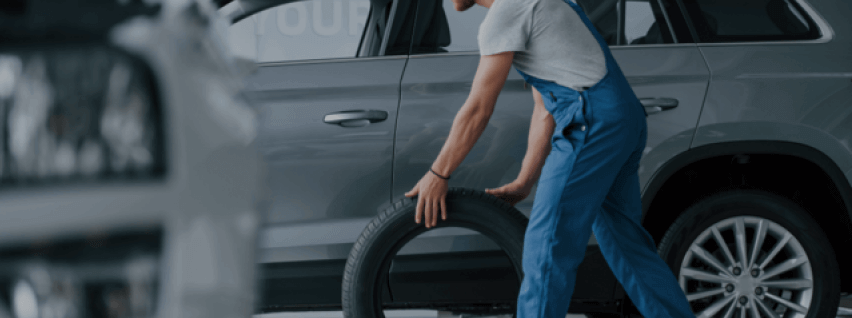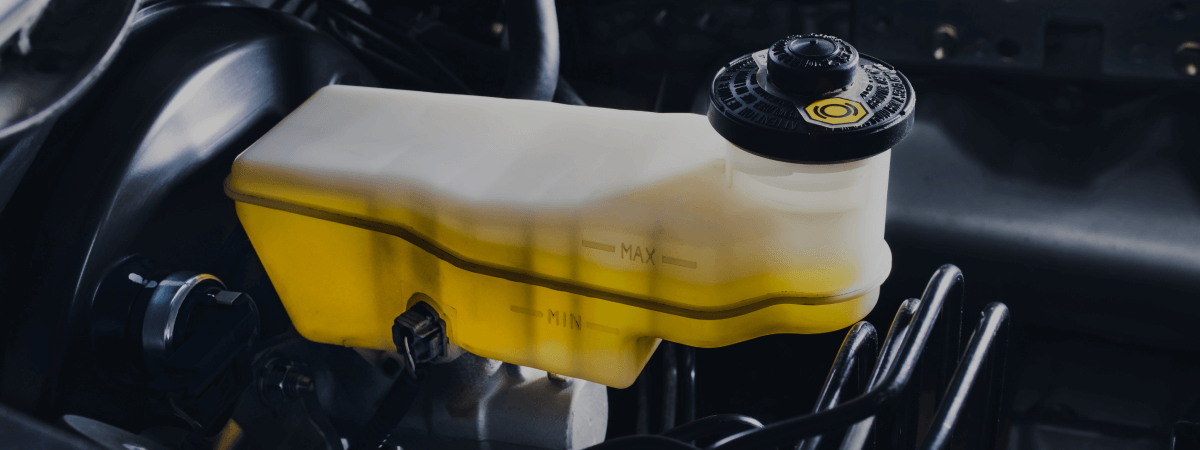
The average car weighs around 2,800 pounds and can, on average, reach speeds of well over 100 miles per hour. With such momentum, it must require a considerable amount of force to bring such an object to a stop— and it does. In our cars, the mechanisms tasked with facilitating such a process are components of the brake system and are fundamental to the operation of the vehicle. Cars use hydraulic brakes which means that fluid is used to transfer pressure from the controlling mechanism to the braking mechanism. Though composed of hundreds of individual parts, the braking system can be broken down into 12 components. They are as follows:
Brake Pedal
Located on the floor to the left of the accelerator, the brake pedal is what initiates the braking process. The average driver generates a peak of 70 pounds of force on the pedal during a moderate stop.
Brake Booster
Simply put, a brake booster is a device that increases the force applied from the brake pedal to the master cylinder. The 70 pounds of force applied to the pedal alone is not enough to bring the wheels to a stop, thus the need for this component.
Brake Master Cylinder
This component is engineered to convert force into hydraulic pressure. The master cylinder essentially forces brake fluid through brake lines to cylinders at each wheel. This ultimately works to bring the vehicle to a stop.
Brake Lines and Hoses
Brake lines are metal tubes that run the length of your car reducing vibration as the fluid makes its way to the brake hose. Brake hoses are short rubber tubes found between the wheels. Both are fundamental to distributing the hydraulic force necessary to brake.
Brake Calipers and Pistons
The duty of calipers is to squeeze the brake pads against the rotors in an effort to slow the spin of the wheel. Pistons are a key component of the caliper that help it carry out its primary functions.
Disc Brake Pads
Found inside the calipers, brake pads are designed to clamp down on the rotor at high speeds creating the friction necessary to stop the vehicle. Brake pads are designed to hold up under considerable heat and friction. Though because of their name one might assume that brake pads are soft, they are actually rock hard, composed of steel backing plates with friction material bound to the surface.
Brake Fluid
As mentioned before, brakes require fluid to transfer pressure from the brake pedal to the wheel. Brake fluid is used in cars, motorcycles, light trucks, and some bicycles to amplify braking force. As it turns out, liquids are not appreciably compressible, which makes them an even better candidate than air for carrying out their specialized functions. Having low brake fluid is a common issue within the braking system that needs immediate attention. If your brakes are particularly stiff noisy, you may be in need of more braking fluid.
If You Have Break Needs, We Can Help
Our brakes are under considerable stress and, therefore, need to be maintained and repaired on occasion. If you are experiencing any of the following problems, there is a good chance that your breaks are going bad.
- Squeaking, grinding, or squealing each time you step on the brake pedal
- Slow braking response
- The pedal can be pushed down much further than usual and provides little resistance to the foot
- Burning smell while driving
- Vibrations
At Master Muffler Kearns, we are experts in brake repair and will make sure everything is working properly. If your brakes are approaching the end of their utility or if you want us to check their wear for free, come pay us a visit today.
Related Posts
Key Takeaways On average, passenger vehicle tires last 40,000 to 60,000 miles, depending on type, driving habits, and maintenance. Replace tires when tread depth reaches 2/32”, if damaged, or older than 10 years. Regular rotation, alignment, and proper inflation extend tire life. Aggressive driving, poor roads, and harsh weather shorten tire lifespan. Take advantage [...]
When you think about car maintenance, you probably focus on oil changes, tire rotations, and maybe even brake pad replacement. But what about your brake fluid? If you’ve ever wondered, “What does brake fluid do?” or “Why is brake fluid important?”, you’re not alone. Brake fluid might not be the most talked-about part of [...]
Is that high-pitched squeal from your brakes driving you—and everyone else—crazy? Don’t ignore it. Squeaky brakes aren’t just annoying, they’re your car’s way of saying something needs attention. Whether you're cruising through Salt Lake City or winding up Idaho’s mountain passes, here’s what’s likely going on, how you can fix it, and when it [...]





